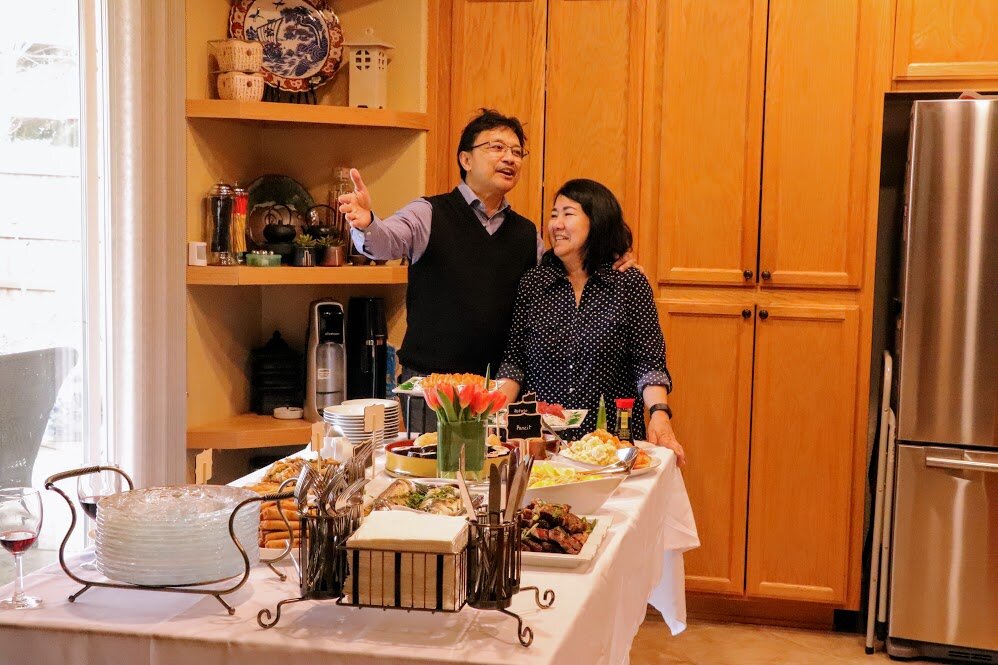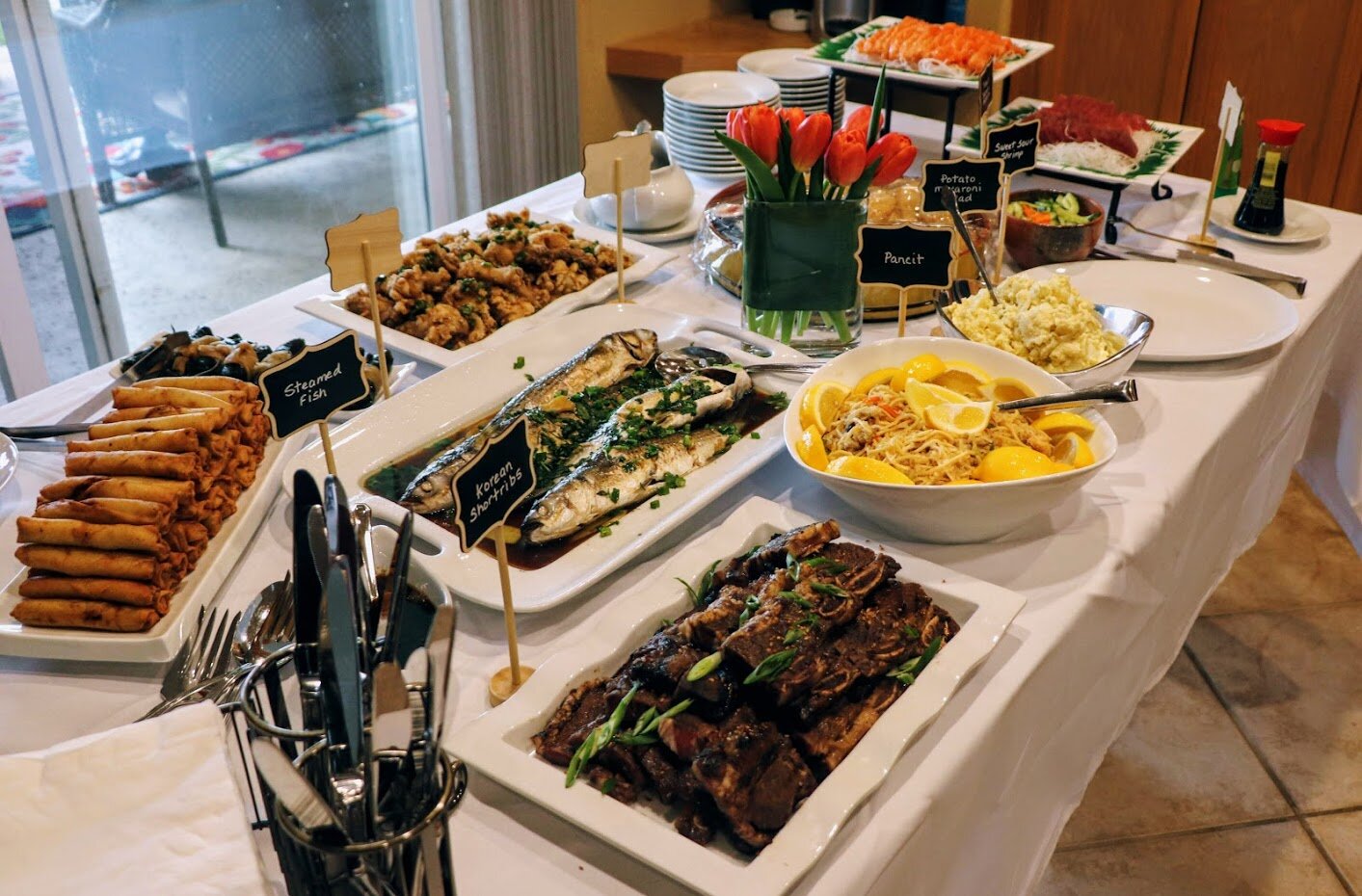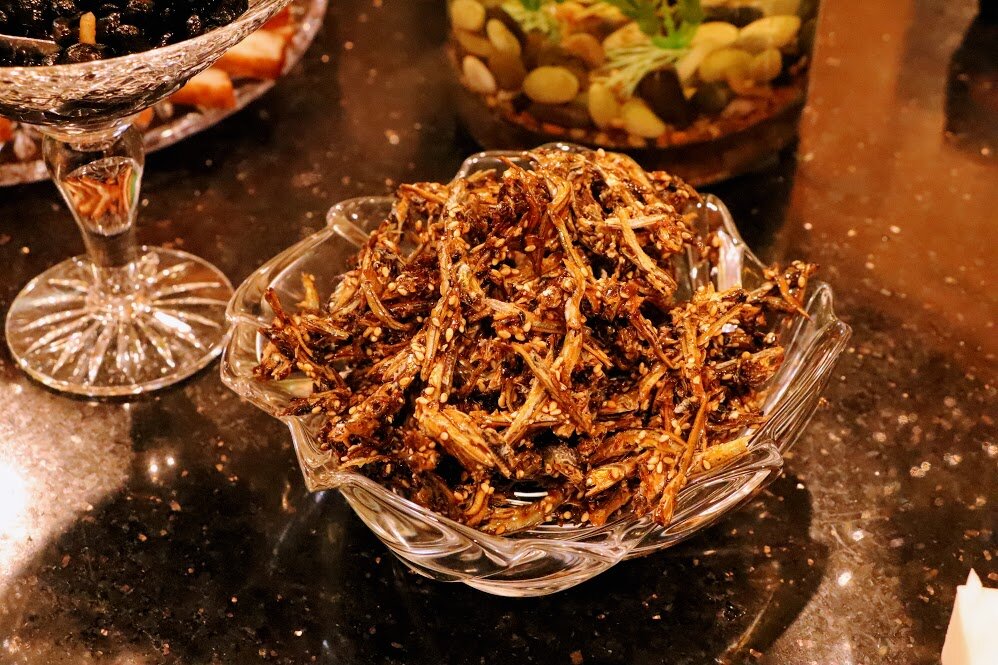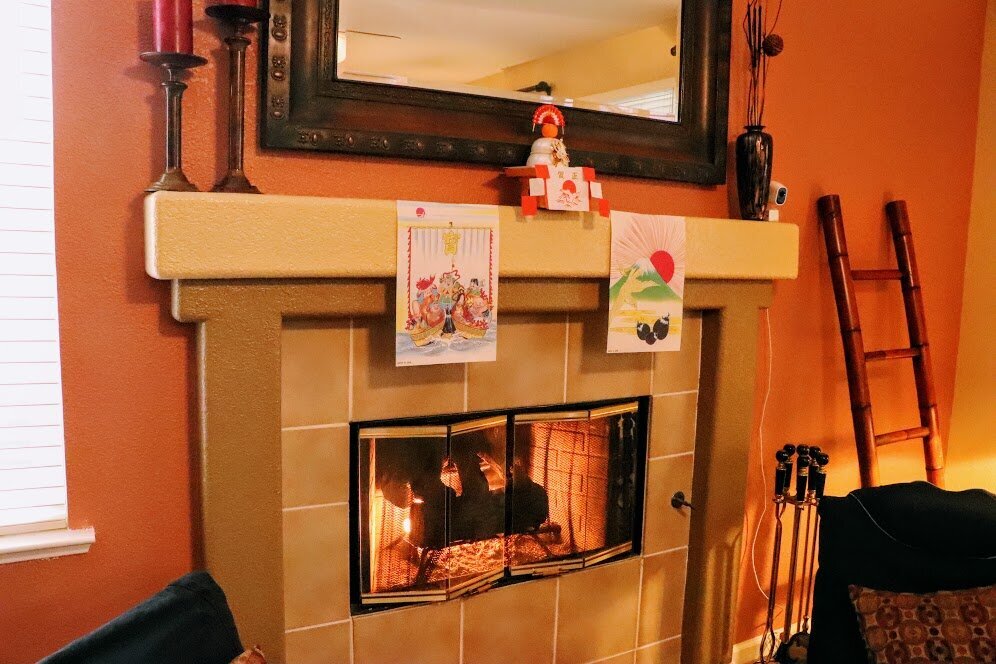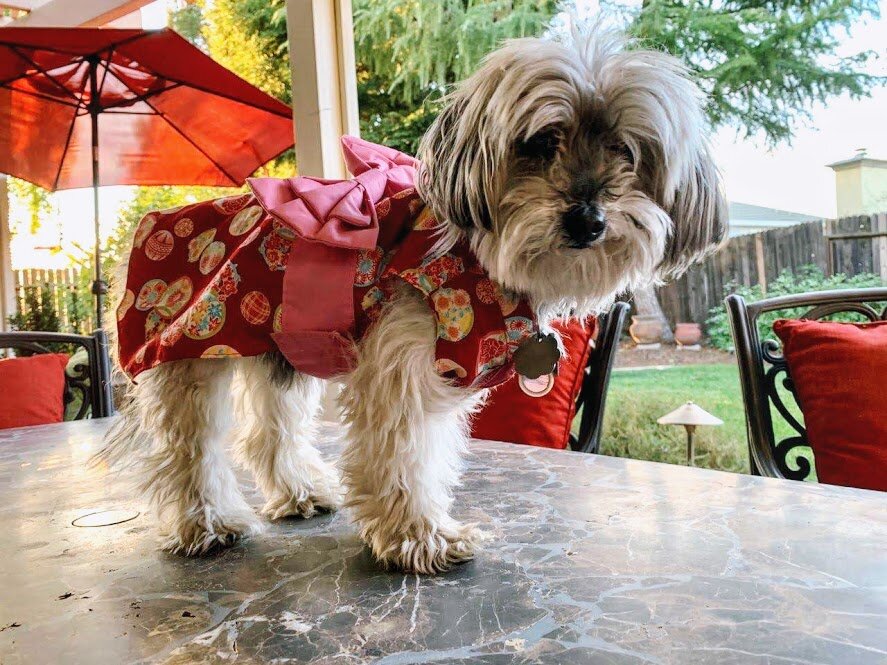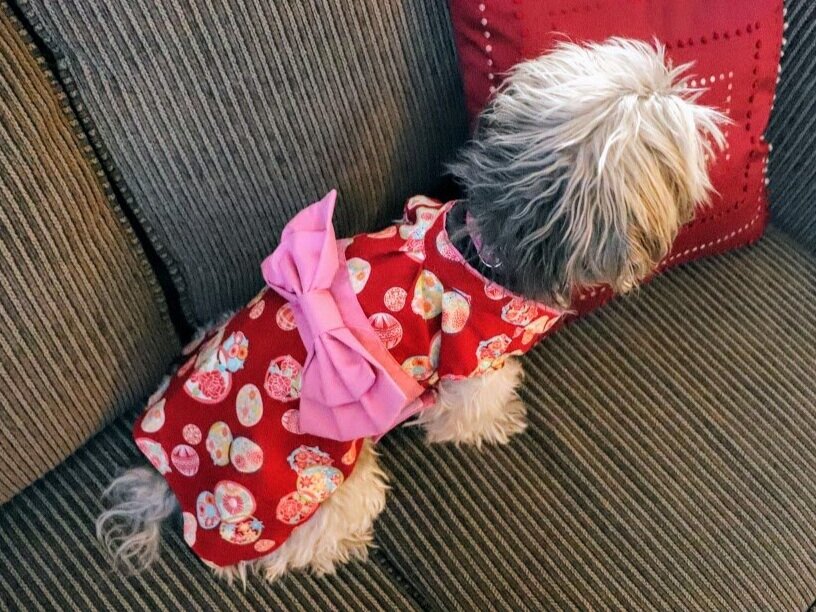How We Rang In the New Year Japanese-Style
While the date and traditions of Chinese New Year are known to at least a basic level amongst Westerners, Japanese New Years practices are generally discussed less often. So I deem my family quite lucky that my maternal grandmother kept the New Years traditions alive while bringing up my mother, aunt and uncles in Hawai’i. And considering that I never was able to attend one of my grandmother’s New Years parties, I am very happy that my mother and aunt have decided to take on the responsibility of the tradition as of last year. Here is how my family celebrated New Years Day, Japanese-style for the second year in a row.
While many other cultures celebrate the magic of New Years Eve, the Japanese celebration is more-so focused on New Years Day and the first week of the year. And considering how much work it takes to cook all of the food for the event, I don’t blame them one bit for not toasting champagne on a rooftop in the middle of the previous night.
My mom invited over friends and family alike. We had a really good turn-out of about 30 people to celebrate and share the good luck foods with. They say that what you do on the first day of the year is what you end up doing the rest of the year (in other words don’t spend money or fight with others,) so it was a good sign that we spent the day with people we care about - especially some that we hadn’t seen in a very long time. Above you can see our spread of food, and my dad gushing to the guests about how hard my mom and aunt worked on it all.
Let’s jump into some of the traditional food and decor we enjoyed that day.
There’s a lot going on in these two vessels on the left. Starting at the top of the tiered platter:
Ebi (Japanese for shrimp,) are eaten on New Years Day because of their curled backs, similar to that of an elderly person. They symbolize long life.
Kamaboko are the half moon-shaped bright pink and white fish cakes on the lower tier, which symbolize the rising sun.
The brown roots on the lower tier are called Kinpura, which symbolize good harvest.
The herring roe cakes on the lower tier are called Kazunoku. They symbolize good fertility. Don’t say I didn’t warn you.
And finally, the beans in the stemmed bowl on the left are Kuromame. They give you good health. So eat away!
KURI KINTON
These little fluffy balls in the glasses are Kuri Kinton, made of sweet potato and chestnuts. Definitely one you don’t want to skip, as the golden hue symbolizes wealth in the new year.
TAZUKURI
These little candied anchovies are the perfect mix of salty, sweet and nutty. Because anchovies were once used to fertilize rice fields, they symbolize a good harvest. And while I know that not many of us are farmers, it can’t hurt to have the power of plentifulness on your side this year.
As for the sushi and sashimi, they don’t really symbolize anything. They’re just downright delicious.
KADOMATSU
Kadomatsu, which translates to “pine gates” are ornaments that are displayed for the first week of the new year. The three bamboo poles are cut diagonally at varying lengths, with pine branches strapped to them with rope. Ours was adorned with what I believe are plum blossoms and a Mizuhiki detail (which is the knotted cords on the front.) The bamboo symbolizes growth and strength.
My father and I picked up this beautiful Kadomatsu from Katsura Garden in Japantown. They do a beautiful job, and the women working there are always so sweet and helpful. If you decide to purchase your Kadomatsu from them in the future, be sure to call in advance to secure your order.
KAGAMI MOCHI
If you’ve ever been to a Japanese grocery store around New Years Eve, you have probably noticed these mochis topped with oranges lining the shelves. Kagami mochi consists of two plain stacked mochi cakes with a bitter orange placed on top. The two pieces of mochi represent the past year and anticipated year. Combined with the orange which symbolizes different generations, the decoration is said to stand for the continuity of family.
My mother adorned the fireplace with one at the party (see below,) and gave a homemade one to Steven and me to keep on our car dashboard as we drove back to San Francisco. Over time, the mochi starts to harden. But luckily heating it in the microwave or frying it on the stove does the trick to bring it back to life. Just don’t do what I did and cut into the mochi with a knife to see what the inside looks like. I didn’t realize until after the fact that cutting into the mochi with a knife is bad luck, as it symbolizes severed ties. Not to mention you walk away with a very sticky and difficult to clean knife. I’ll be sure to be more careful next year. (Sorry Mom!) Hopefully I ate enough of the good luck foods on the 1st to keep me from any severed ties in 2020.
Unsurprisingly, Pepper got into the spirit of things as well! She was best-dressed to the party in a Japanese doggie kimono we purchased for her in Honolulu. In 2020, she hopes for good health, long walks and more salmon snacks.
Happy New Years everyone! Hope you all have a prosperous 2020 and of course, a plentiful harvest. Until we meet again!
